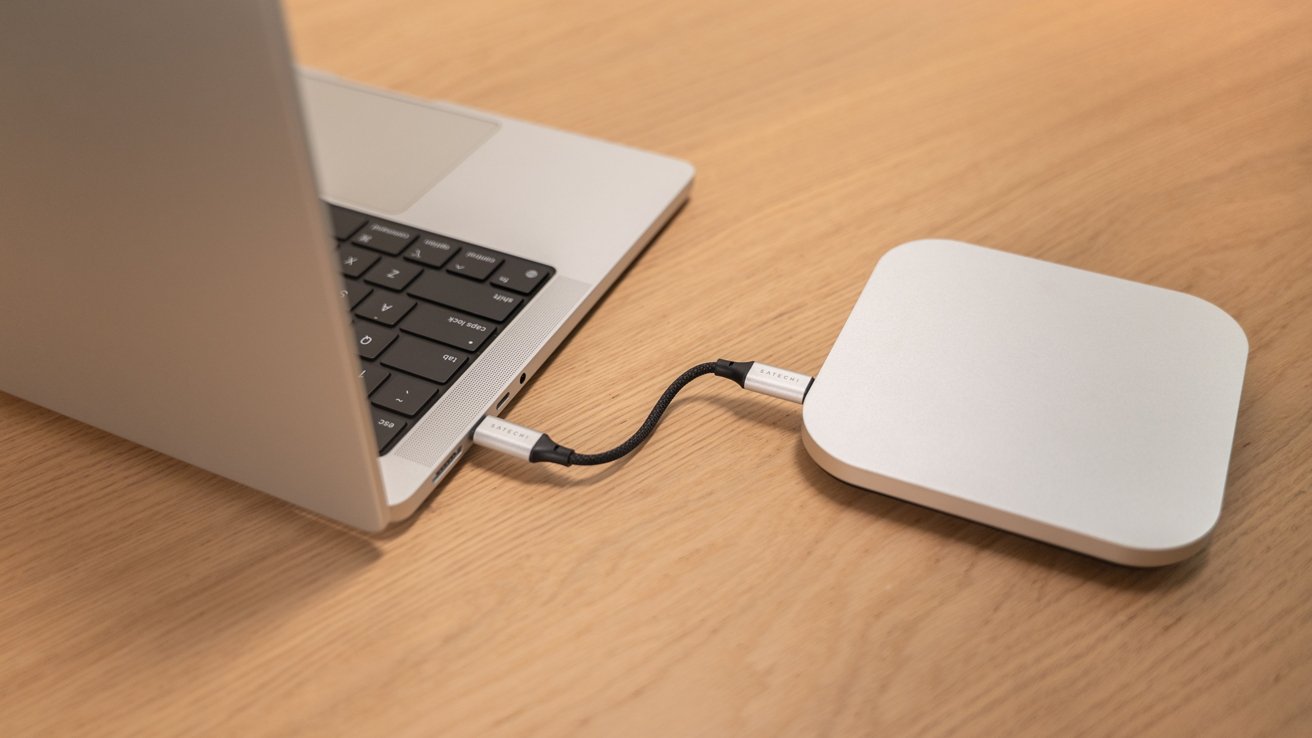THE top boss of the Social Security Administration has confirmed that two big changes are coming to the federal government agency this spring.
The efforts, while aimed at ramping up the administration’s security and modernizing its systems, will also make it tougher for beneficiaries to receive their checks.
2

2
Social Security is a social welfare program that provided retirement, disability, and survivor benefits to over 68 million Americans in 2024.
It will soon be tougher for these participants to receive the payments they are due as the agency undergoes two significant changes.
Social Security beneficiaries can expect to see new identity verification procedures and a controversial plan to reduce its workforce.
Although the SSA has argued that these changes are needed to modernize its systems and reduce fraud, opponents fear they will exacerbate delays, negatively impact vulnerable populations, and reduce access to benefits for millions.
Read More on Social Security
IDENTITY VERIFICATION CHANGES
With scams targeting Social Security benefits and personal information on the rise, the agency is taking several measures to protect against fraudulent activity.
The SSA shared its plans to roll out strengthened identity verification procedures starting on April 14.
Beneficiaries unable to verify their identity online using the my Social Security account portal will be required to file their retirement, survivor, or auxiliary benefits claims in person at a Social Security office.
Due to much public pressure, the SSA reversed part of its original proposal and will continue to permit Disability Insurance, Medicare, and Supplemental Security Income applicants to verify their identity over the phone.
These groups more frequently face mobility or technology challenges.
The SSA also announced that it will speed up the processing of direct deposit change requests made both in person and online.
The process will now only take one day, whereas before, the changes were held for 30 days.
“Americans deserve to have their Social Security records protected with the utmost integrity and vigilance,” Lee Dudek, acting commissioner of Social Security, said in an SSA blog post.
“For far too long, the agency has used antiquated methods for proving identity. Social Security can better protect Americans while expediting service.”
How to prove your identity to the SSA
The main way to prove your identity to the SSA is via the my Social Security account portal.
Americans unable to do so online can still begin their claims over the phone. However, some claims will not be processed until the individual also verifies their identity in person at a local office.
Only certain documents qualify as proof of identity, according to the SSA.
“An acceptable document must be current (not expired) and show your name, identifying information (date of birth or age) and preferably a recent photograph,” the SSA states on its website.
Examples of valid proof of identity include:
- US driver’s license
- State-issued non-driver identification card
- US passport
Individuals who do not possess one of these forms of ID or who cannot get a replacement within 10 days can use other documents, including:
- Employee identification card
- School identification card
- Health insurance card (not a Medicare card)
- US military identification card
WORKFORCE CUTS
Another change coming to the SSA that will likely have far-reaching impacts on Americans is the large reduction in its staff.
The government agency plans to minimize its “bloated” workforce from 57,000 workers to 50,000, representing a 12% reduction, according to a blog post from February.
The SSA outlined that early retirements and voluntary separation incentives would account for most of the reductions.
Automation and digital services will offset the cuts, per agency officials, although the announcement has sparked much fear among public interest group.
“Reducing staff amid increased need for in-person services is reckless and grossly unfair,” said Max Richtman, CEO of the National Committee to Preserve Social Security and Medicare.
The agency is already plagued with operational challenges such as repeated website outages, per reports by the Wall Street Journal and Washington Post.
Other notable issues include weeks-long response times to public inquiries and wait times stretching over four hours at local offices.
As the SSA faces its lowest staffing levels in 50 years, experts predict that the planned workforce reductions could trigger a significant slowdown in application processing and longer waits for responses.
“Seven thousand workers being laid off? You know what that means? Some people could wait up to three years to get their benefits,” said New York Senator Chuck Schumer. “It’s simply outrageous.”
Read about other major changes in the works at the government agency.
The agency is reversing a controversial overpayment policy – and millions of seniors may be without checks.
Plus, the SSA made another change that will “save taxpayers $15 million” after Trump signed an executive order.









